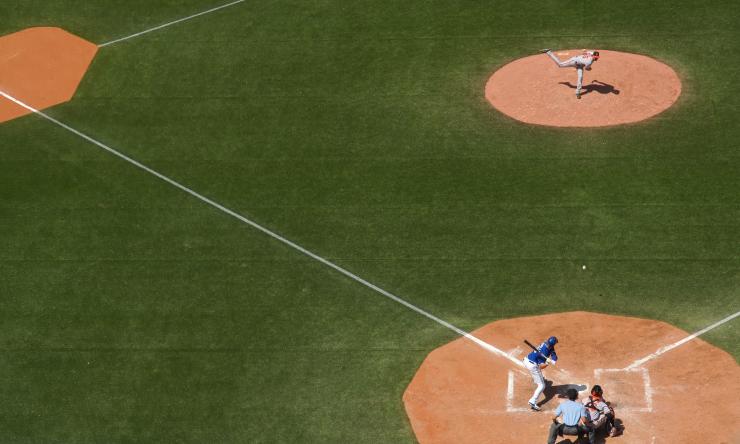Common spring sports injuries
As children and teens return to their spring sport schedules, it is important to be aware of their risk of injury. A Baylor College of Medicine physical therapist explains different injuries and the importance of treatment and prevention.
According to Dr. Marcus Knox, physical therapist in the Joseph Barnhart Department of Orthopedic Surgery at Baylor, the type of injury can depend on the sport and what muscles are used to play that sport.
Baseball and softball
High school-aged baseball players, specifically pitchers, can experience shoulder injuries due to repetitively throwing the ball overhead. Overhead injuries include rotator cuff tears from trauma to the shoulder from high velocity throws.
Younger kids playing baseball face more shoulder and elbow injuries. Younger children are prohibited from certain pitches, such as curve balls, because their bodies cannot sustain those pitches and it puts stress on different parts of their bodies.
While softball pitchers experience fewer overhead shoulder injuries due to the motion of the throw, which is more of an underhand throw, it’s still something to look out for. Other common injuries in softball players are hip and low back pain.
Track and field
Track and field athletes can face hip and hamstring injuries. Runners, long jumpers and high jumpers may experience tendinitis or foot strains. Sprinters mainly experience hamstring injuries.
Tennis
Tennis elbow and shoulder issues are common among tennis players due to the way they move their racket. Lower extremity injuries also may occur, including ankle and knee injuries.
Prevention
Athletes of all ages should participate in an off-season program to focus on their mobility and stability limitations or impairments.
“If you’re in a sport that requires you to have a lot of overhead motions like throwing, make sure that you have the right stability and mobility of the shoulder and shoulder blade, and you want to make sure the spine is moving correctly,” Knox said. “There are lots of little things that you’d want to find out about your form before the season starts so you can work on that in the offseason.”
Knox also stresses the importance of a proper warmup and recovery to avoid injury. This includes a series of dynamic stretching of major joints and muscle groups, including hamstrings, quadriceps and rotator cuff muscles. Dynamic stretching entails moving the muscles and joints to prepare for a safe performance.
If your child is overextending themselves, they should be evaluated by a professional. Signs of overextension include decreased performance, weakness compared to the opposite limb or repetitive swelling after activity that does not improve with rest.
Treatment
Treating an injury with physical therapy is crucial, and Knox stresses the importance of seeing a therapist as soon as possible after the injury. If you let the injury drag on, there is an increased risk of it becoming a chronic issue. The sooner you properly rehabilitate your muscle or tendon, the sooner you recover and return to your sport.
If you are recovering from an injury, make sure you let your body heal and avoid pushing yourself to return to the field quickly. The popular slogan “no pain no gain” does not pertain to athletes when rehabbing an injury. You should be able to perform movements (that were initially painful) pain free before thinking about returning to your sport.
Our bodies require the correct amount of rest to repair the injured area and adequate amount of resistance, or load, in order to rebuild and heal properly.
“There has to be the perfect combination of rest and stress in order to recover from an injury quickly and safely,” Knox said.
Learn more about Baylor Medicine Orthopedic and Sports Medicine services.










